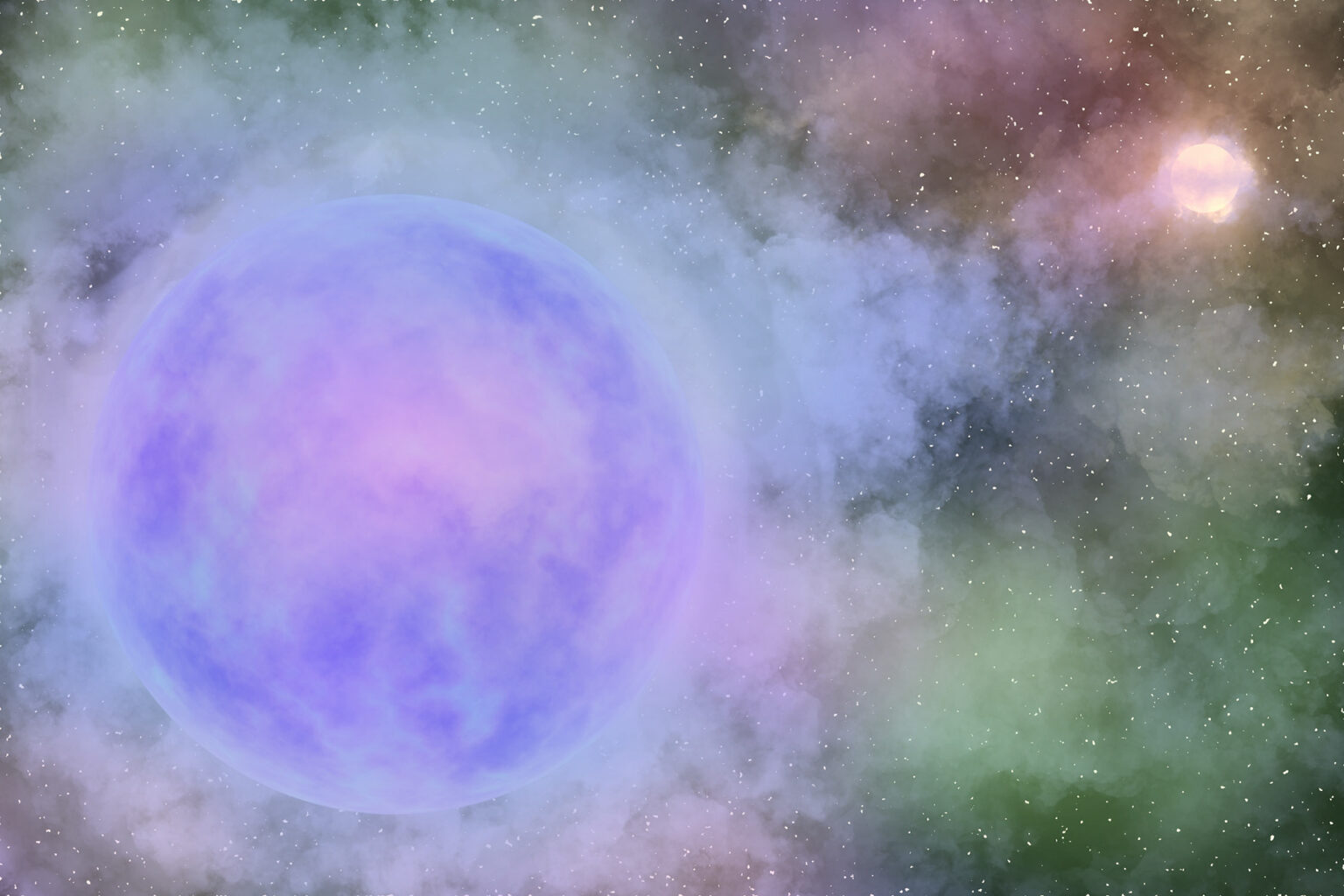Astronomers observed how in the nebula, where star formation occurs, one luminary approached another. On its way, it distorted the magnetic field lines.

Newborn binary system
Astronomers who observed the L483 molecular cloud saw how a binary system was formed in it in a rather unusual way. This nebula is a familiar place of star formation and scientists decided to observe it with the help of the NASA SOFIA flying infrared observatory.
Usually, in such clouds, the magnetic fields are directed in a certain direction. It is parallel to the direction in which their stars are moving. However, in this case, it turned out that in one place near the newborn star, the lines of force are rotated by 45 degrees.
In order to determine what is happening there, scientists used an array of ALMA antennas located in Chile. It made it possible to see the flows of matter inside L483. It turned out that there is another one next to the star that interested scientists so much.
Judging by the observations, it was formed quite far from the first one, although in the same molecular cloud. And now scientists are observing how gravitational and electromagnetic interaction occurs between them, which should end in the formation of a binary system. It is still difficult to say what it is, but now the stars are at a distance from the Sun to Pluto.
What’s new in this system
The formation of binary systems in molecular clouds is common. This usually happens in one of two ways. The nebula may be so dense that two stars form so close that a gravitational interaction occurs between them. Another way is that the protoplanetary disk around the sun turns out to be so large that a second object forms on it, on which thermonuclear reactions begin.
The formation of a system of two randomly encountered stars in space is usually considered impossible. They just can’t dampen the speed relative to each other. However, in the case under study, we are talking about young luminaries that are still forming and moving through an electrically charged cloud.
In this case, the resistance of the medium may be sufficient for the stars to form pairs. Moreover, it seems that this option provides the best conditions for the emergence of planets in a binary system.
According to phys.org
Follow us on Twitter to get the most interesting space news in time
https://twitter.com/ust_magazine
